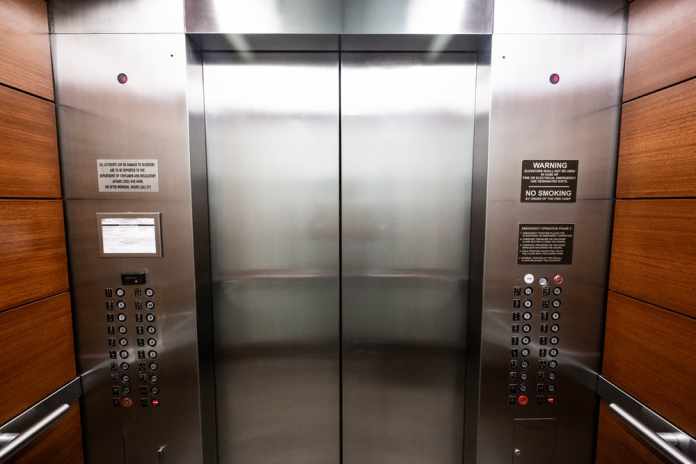The elevator is one of the most brilliant inventions by humankind.
It saves us from having to walk up flights and flights of stairs every day, especially if you live in a building with more than four floors or work in a skyscraper. Can you imagine functioning without an elevator?
Yet, most people still wonder, how do elevators work? What are the mechanics, and how has their function evolved as technology changed?
We answer all of those questions and more below, so keep reading.
Table of Contents
How Do Elevators Work?
If you can understand a pulley system, then you can understand how elevators work. Like pulling a bucket tied to a rope out of a well, the original elevators were pulled manually by people or animals.
Basically, an elevator is a metal box that is attached to a strong metal rope. The metal rope goes through a pulley wheel located in an engine room above the elevator.
Today, elevator technology is much more advanced. The entire system is motorized, which makes the use of elevators in highly populated areas more feasible.
Key Parts of Modern Elevators
The key parts of elevators include the metal box, the counterweight, the electric motor and braking system, and the safety systems.
The metal box is the part that you ride in, which is supported by guide rails and strong metal cables. Generally, there are two sets of doors in an elevator, and they work automatically to keep everyone inside and safe.
The counterweight is a metal weight attached to the other end of the metal cables. This usually weighs as much as the elevator would at half capacity, which helps to balance the weight of the box.
The electric motor functions when someone pushes a button for a specific floor. The pulley wheel will turn one way and raise the elevator or turn the other way and lower it. The pulley wheel, motor, and braking system are all controlled in the engine room.
The ratchet system is the most common safety system in place. As strong metal cables that are twisted together support the elevator, there is a concern of what would occur if all of the metal cables snapped.
While a guide rail system also supports the elevator, there is also a need for another support system, which is the ratchet system.
Here, the guide rails contain metal teeth that go the entire length of the system. At the top, there is a spring-loaded apparatus with hooks attached. If the cables were to snap, the hooks would release and latch onto the strong metal teeth on the guide rails to catch the elevator from falling.
Implementing these safety measures has saved countless lives, which is also why conducting an elevator maintenance audit on time is absolutely necessary.
Interested in More Elevator Facts?
Now that you know the answer to, “how do elevators work?” there is so much more to learn about elevators, so if you’re interested, keep conducting more research! Elevators have a long history, and they continue to make our lives easier to this day.
Head on over to our website and check out more lifestyle articles like this!






